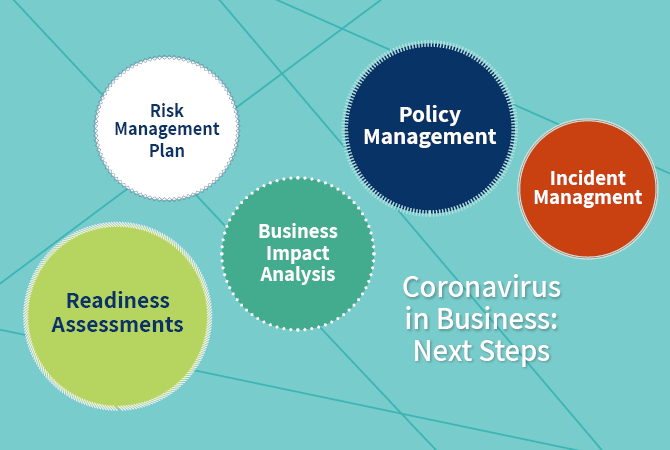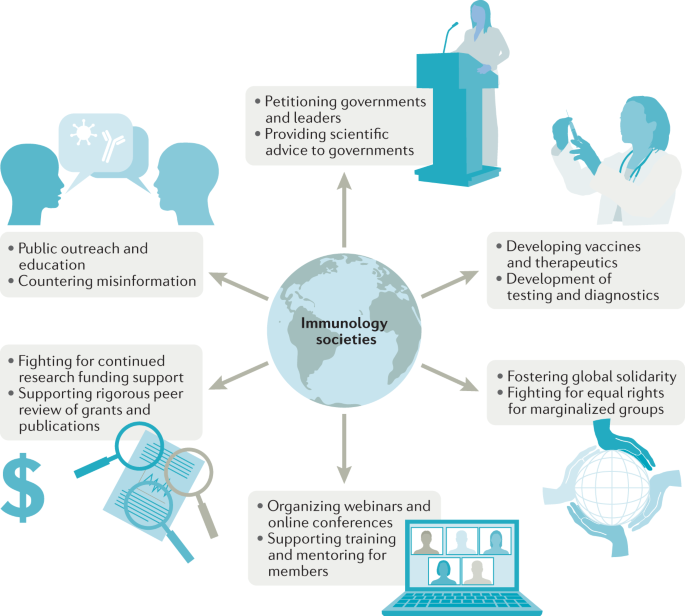Pandemic Risk Management: Strategies for Resilient Business Operations

Pandemic Risk Management: Strategies for Resilient Business Operations
The ongoing global pandemic has underscored the critical importance of effective risk management strategies for businesses. As organizations navigate unprecedented challenges, a robust pandemic risk management plan becomes indispensable.
Understanding the Pandemic Landscape
In crafting an effective pandemic risk management strategy, the first step is gaining a comprehensive understanding of the current landscape. This involves staying informed about the latest developments, monitoring health guidelines, and assessing the specific risks that the organization faces.
Implementing Safety Protocols
One of the primary components of a robust pandemic risk management plan is the implementation of stringent safety protocols. This includes measures such as regular sanitization, social distancing, and providing personal protective equipment (PPE) to employees. These actions not only safeguard the workforce but also contribute to the overall resilience of the business.
Prioritizing Employee Health and Well-being
A key aspect of pandemic risk management is prioritizing the health and well-being of employees. This involves not only physical health but also addressing mental health challenges that may arise during these challenging times. Offering support services and fostering a culture of open communication can significantly contribute to employee well-being.
Developing Emergency Response Plans
To effectively manage pandemic-related risks, organizations must have well-defined emergency response plans in place. These plans should outline specific steps to be taken in the event of an outbreak within the workforce or the community, ensuring a swift and coordinated response.
Implementing Remote Work Solutions
The rise of remote work has become a pivotal element in pandemic risk management. Establishing reliable remote work solutions allows business operations to continue seamlessly while minimizing the risk of virus transmission among employees.
Ensuring Compliance with Health Guidelines
Adherence to health guidelines and regulations is non-negotiable in pandemic risk management. Organizations must stay vigilant and adapt their policies and practices in accordance with evolving guidelines to maintain a safe and compliant work environment.
Collaborating with Health Authorities
Building strong partnerships with health authorities and experts is crucial. Regular consultations with relevant health agencies can provide valuable insights and ensure that the organization’s risk management strategies align with the latest scientific and medical recommendations.
Investing in Training and Awareness Programs
Education is a powerful tool in pandemic risk management. Investing in training programs that educate employees about health protocols, safety measures, and the importance of adherence can significantly enhance the effectiveness of risk management efforts.
Monitoring and Adjusting Strategies
Pandemic risk management is an ongoing process that requires continuous monitoring and adjustment. Regularly assessing the effectiveness of implemented strategies, gathering feedback from employees, and staying abreast of emerging developments are essential for refining and improving the overall approach.
In conclusion, navigating the complexities of a pandemic requires a multifaceted and adaptive approach to risk management. By prioritizing employee well-being, implementing safety measures, and staying informed, organizations can build resilience and ensure the continuity of their operations in the face of unprecedented challenges.
For further insights into effective pandemic risk management, visit The Healthy Consumer website. Stay informed, stay safe.
Strategic Pandemic Response: Navigating Challenges Effectively

Introduction
In the face of a global pandemic, the importance of well-thought-out pandemic response strategies cannot be overstated. Effectively navigating the challenges posed by such a crisis requires a strategic approach that prioritizes adaptability, collaboration, and the well-being of individuals and communities.
Understanding the Landscape
The first step in crafting effective pandemic response strategies is a thorough understanding of the current landscape. This involves staying informed about the latest developments, analyzing data trends, and assessing the specific risks faced by individuals, communities, and businesses.
Adopting a Flexible Approach
One of the key lessons learned from the ongoing pandemic is the necessity of adaptability. Response strategies must be flexible, capable of evolving as the situation unfolds. This adaptability ensures that responses remain effective in the face of changing circumstances and emerging challenges.
Prioritizing Public Health and Safety
At the core of any pandemic response strategy is the prioritization of public health and safety. This involves implementing measures such as social distancing, mask-wearing, and hygiene practices to mitigate the spread of the virus. Robust public health measures form the foundation for an effective response.
Building Strong Collaborative Networks
Effective pandemic response is a collective effort that requires strong collaborative networks. Governments, healthcare organizations, businesses, and communities must work together to share information, resources, and expertise. Collaboration fosters a unified front against the crisis.
Ensuring Adequate Healthcare Capacity
A critical component of pandemic response is ensuring that healthcare systems have the capacity to handle surges in cases. This includes expanding hospital capacity, ensuring a sufficient supply of medical equipment, and supporting healthcare professionals on the front lines.
Communication and Transparency
Transparent communication is vital in times of crisis. Clear, accurate, and timely information helps build trust and ensures that individuals and communities can make informed decisions. Communication strategies should be proactive, addressing concerns and disseminating guidelines effectively.
Supporting Economic Resilience
Pandemic response strategies should extend beyond public health measures to support economic resilience. This involves implementing measures such as financial aid to businesses and individuals, creating incentives for innovation, and fostering an environment conducive to economic recovery.
Prioritizing Mental Health and Well-being
The mental health impact of a pandemic is significant, and response strategies must prioritize mental well-being. Providing access to mental health resources, reducing stigma, and fostering supportive environments contribute to the overall resilience of individuals and communities.
Preparing for Future Challenges
As response strategies are implemented, it is crucial to simultaneously prepare for future challenges. This involves investing in research, developing contingency plans, and building a foundation of knowledge and resources to address potential pandemics or similar crises.
Conclusion with Link
In conclusion, effective pandemic response strategies require a comprehensive and adaptable approach. Prioritizing public health, fostering collaboration, supporting economic resilience, and addressing mental health are integral components. For further insights into pandemic response strategies, visit The Healthy Consumer website. Stay informed, stay resilient.




(501).jpg)

